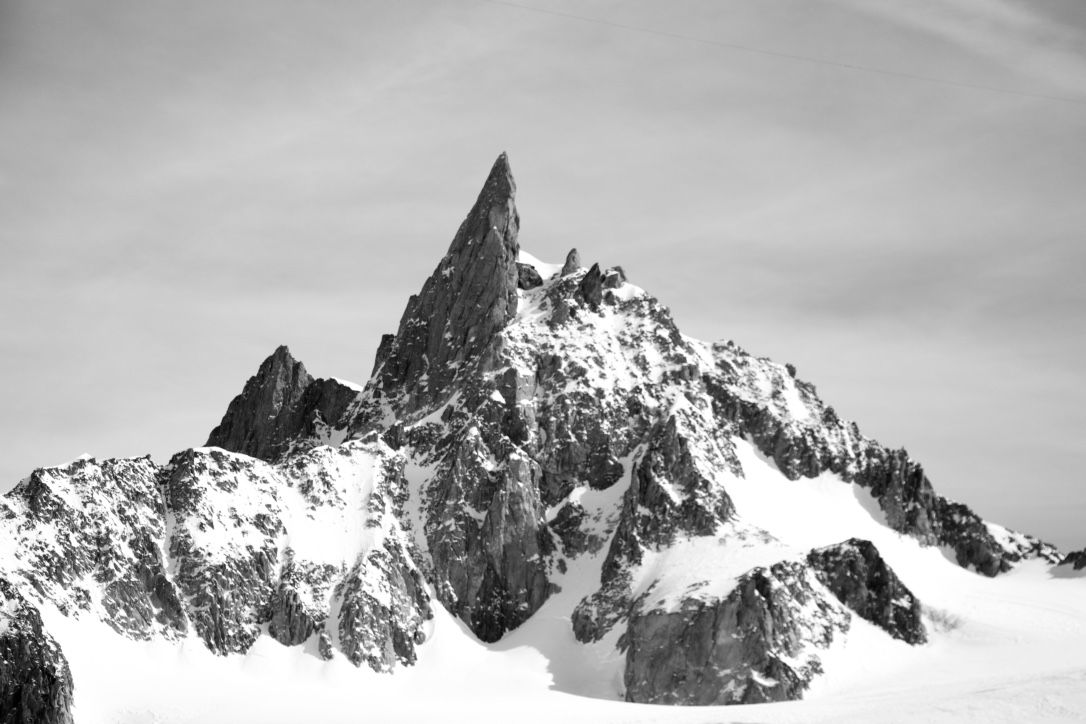 I wanted to detemine the optimal fueling strategy for an upcoming attempt at a fast – in a day – speed ski traverse. This is an approximately 4-6 hour effort with significant time spent climbing. Saturday’s attempt at the Garibaldi Neve is a good example of pace for a trip like this. My average HR was 145bpm overall but closer to the 160-165 range when skinning. A 4-hour effort that cost me around 2500 kCal according to my Suunto t6d. That translates to burning around 625kcal per hour. With longer or harder ascent sections, it could easily be in the 650-675 kcal/Hr mark.
I wanted to detemine the optimal fueling strategy for an upcoming attempt at a fast – in a day – speed ski traverse. This is an approximately 4-6 hour effort with significant time spent climbing. Saturday’s attempt at the Garibaldi Neve is a good example of pace for a trip like this. My average HR was 145bpm overall but closer to the 160-165 range when skinning. A 4-hour effort that cost me around 2500 kCal according to my Suunto t6d. That translates to burning around 625kcal per hour. With longer or harder ascent sections, it could easily be in the 650-675 kcal/Hr mark.
With 650kCal/hr as a benchmark of energy expenditure we can start thinking about calorie replacement. It would be incredibly difficult to consume this same amount while exercising. For reference, that would be 6.5 GU packs per hour or 32.5 GUs over the entire 5-hour effort. This would be expensive (~$70), not to mention disgusting. I feel like I have a better stomach than most for Gel but this would be too much. Another factor is important here as well: the ability of our body to break down and absorb carbohydrates and other food energy as calories
.
Sugars, be they simple mono- and disaccharides (like fructose) or complex polysaccharides (maltodextrin), are all broken down into their smallest component, glucose, and absorbed in the digestive tract. The rate that food leaves our stomach and is absorbed in the intestine is determined by a number of factors. An optimal rate of gastric emptying is characterized by increased stomach volume, low calorie content and osmolality of the solution in the stomach, moderate exercise intensity, and proper hydration as well as other factors. Low to moderate levels of carbohydrates and sodium, and isotonic fluids both contribute to optimal intestinal absorption.
 In order to maintain ideal stomach volume and proper levels of hydration, it is reccomended to drink 400-600ml fluid prior to exercise and 125-250ml every 15 min during exercise. Higher levels of hydration could result in hypernaturemia where electrolytes become too dilute. During a 6-hour ski race, 1 liter of water per hour is a bit high. The lower end of the reccomendation at 125ml/15min (0.5L/hr) or a total of about 3 liters is a little more reasonable. If the last hour of the event is a descent, another 0.5 L can be cut from the pack.
In order to maintain ideal stomach volume and proper levels of hydration, it is reccomended to drink 400-600ml fluid prior to exercise and 125-250ml every 15 min during exercise. Higher levels of hydration could result in hypernaturemia where electrolytes become too dilute. During a 6-hour ski race, 1 liter of water per hour is a bit high. The lower end of the reccomendation at 125ml/15min (0.5L/hr) or a total of about 3 liters is a little more reasonable. If the last hour of the event is a descent, another 0.5 L can be cut from the pack.
4-5 kcal/min (or 240-300 kcal/hr) appears to be a good guideline for maximizing caloric intake without surpassing the emptying capacity of the stomach or the absorption capacity of the intestine but still may be a bit high for palatability. This equates to 60-75 grams/hr of carbohydrate; an appropriate amount when matched with the fluid intake recommendations given above.
Based off these reccomendations, I will aim to carry 2.5L water, 1200 total kcal of GU Gels and Chomps, and a sandwich (to help keep my stomach from rumbling). These recommendations may not translate well to every sport. Runners might find that these volumes cause stomach issues. I think this would serve as a good base strategy for long-distance mountain bike events like the Chequamegon Fat Tire or similar.

As I’ve aged I notice I sweat considerably more than in my 20’s and crave more water. I also feel that when I drink more and use electrolyte I recover faster. For long days ski mountaineering days (>12hr) I’m carrying upwards of 4l which sure is a ton of weight. Any tips on day length/water volume and cost/benefit of carrying fuel and stove and melting? The time penalty of melting does not seem ideal either.
Do you carry on with a .5L/hr even for long day? 6+litres seems over the top.